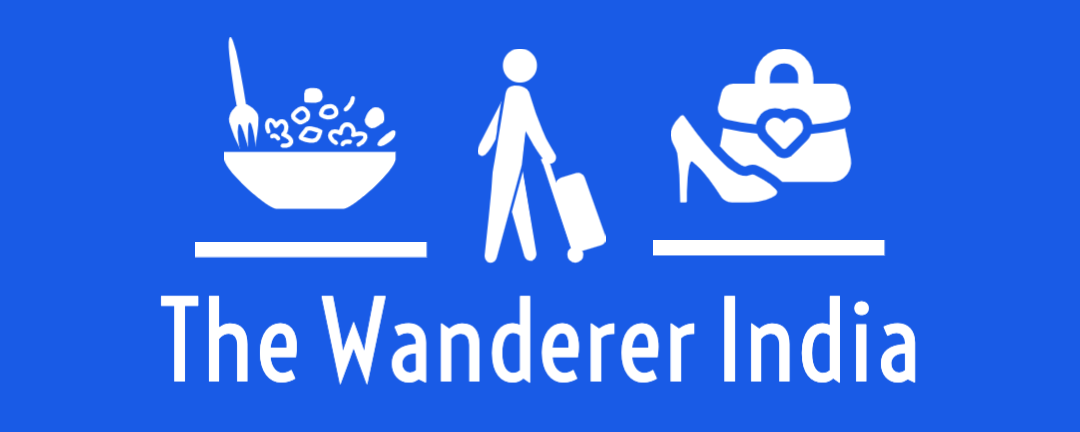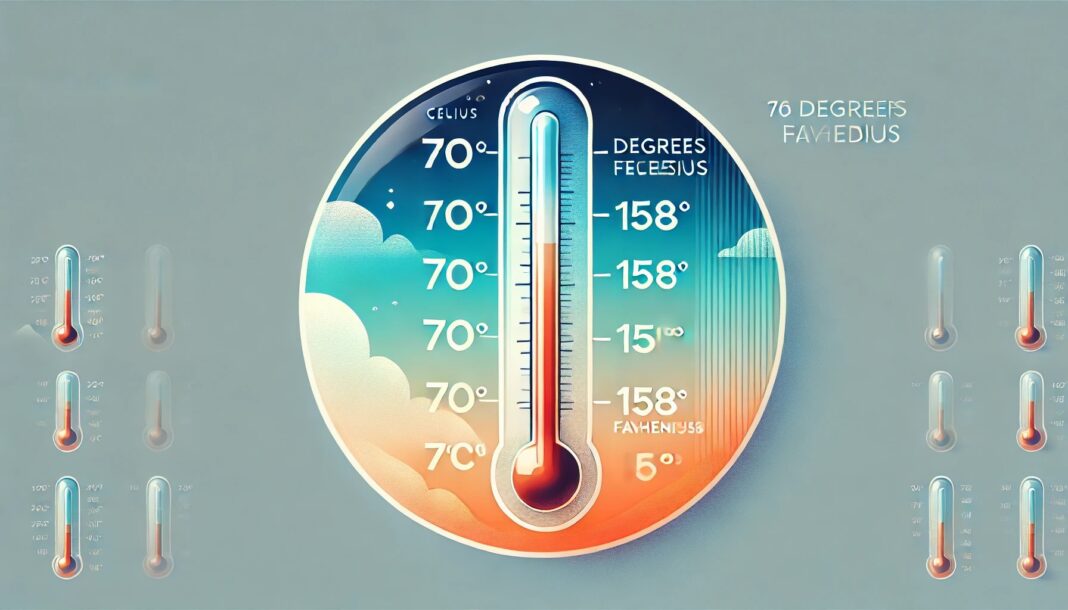When dealing with temperature conversions, one of the most common tasks is converting Celsius to Fahrenheit. If you’re wondering how to convert 70 °C, you’ve come to the right place. This guide will explain the formula, provide practical applications, and explore the differences between the two scales.
The Formula for Converting Celsius to Fahrenheit
To convert Celsius (°C) to Fahrenheit (°F), use the formula:
F = (C × 9/5) + 32
Here’s the step-by-step calculation for 70 °C:
- Multiply 70 by 9, which gives 630.
- Divide 630 by 5, resulting in 126.
- Add 32 to 126, giving 158.
4. Thus, 70 °C equals 158 °F.
Celsius vs. Fahrenheit: Why the Two Systems?
The Celsius scale is part of the metric system and widely used worldwide, especially in scientific fields. It was named after Swedish astronomer Anders Celsius, who created the scale in 1742. The scale sets water’s freezing point at 0 °C and boiling point at 100 °C under standard atmospheric pressure.
The Fahrenheit scale, developed by Daniel Gabriel Fahrenheit in 1724, is used mainly in the United States and a few other countries. It defines the freezing point of water as 32 °F and the boiling point as 212 °F.
Everyday Uses of 70 °C (158 °F)
At 70 °C, temperatures are found in many practical scenarios:
Cooking: Slow-cooking recipes or warming dishes often require this temperature.
Hot Water Systems: Many household water heaters maintain temperatures around 70 °C.
Saunas: Most saunas operate between 70 °C and 100 °C for relaxation.
Quick Conversion Reference Chart
For convenience, here’s a table with nearby conversions:
Fun Fact: An Easy Way to Estimate
If you’re without a calculator, remember this shortcut:
Double the Celsius temperature (70 × 2 = 140).
Add roughly 30 to get an approximate Fahrenheit value (140 + 30 = 170).
While this method isn’t exact, it’s close enough for quick approximations.
Why Understanding Temperature Scales Matters
Knowing how to convert temperatures can be incredibly useful, especially when traveling to countries using a different scale or interpreting cooking instructions. As global communication increases, understanding both scales is becoming essential.



